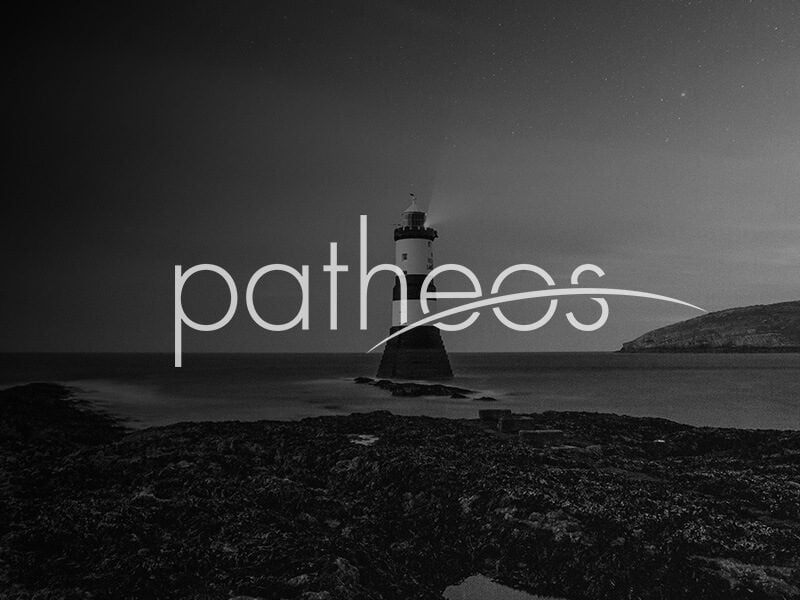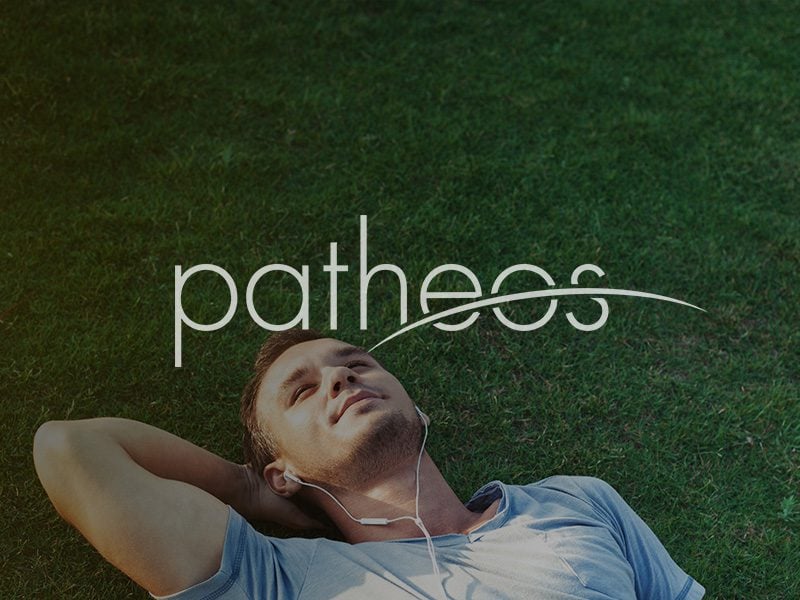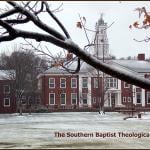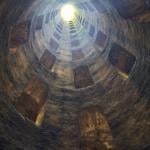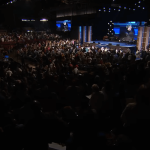B.W. Powe’s Marshall McLuhan and Northrop Frye is a sassy book about two of Canada’s greatest intellectuals, McLuhan the orator and rhetorician and popular guru, Frye the media-shy theorist of literary archetypes. Powe deals with their relationship as colleagues at the University of Toronto, as well as describing their direct and indirect disagreements. A couple of quotations capture the flavor of their interaction. After quoting Frye’s definition of archetype, McLuhan accuses him of indulging in “textbook cliche,” since Frye “is insisting... Read more

